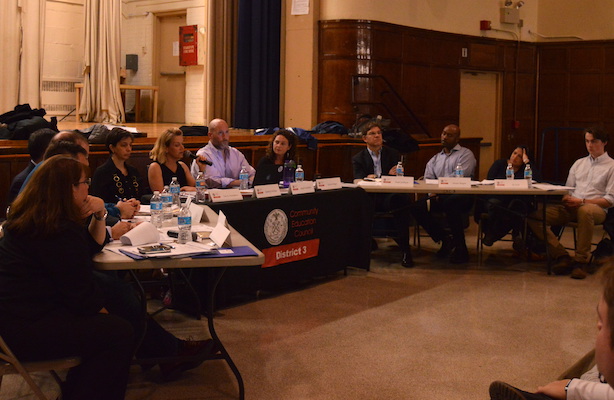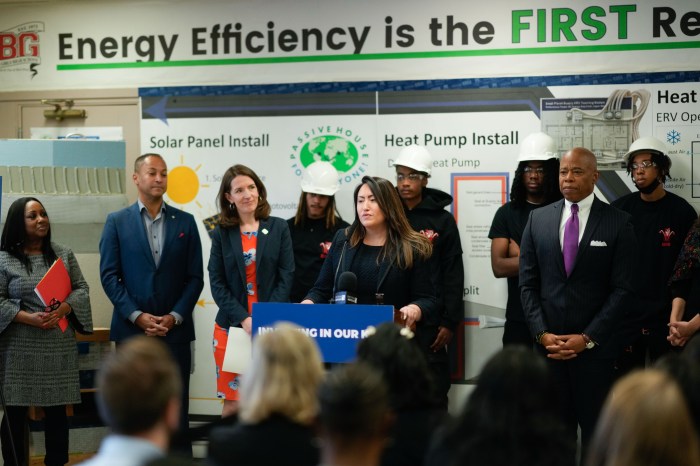
BY JACKSON CHEN | Mayor Bill de Blasio and Schools Chancellor Carmen Fariña, on June 6, released what had been anticipated as an ambitious vision for encouraging student diversity among the city’s public schools.
The 13-page plan introduces city initiatives aimed at tackling racial and socioeconomic disparities in classrooms across New York, but it was rolled out online with little fanfare. Neither de Blasio nor Fariña held any type of public event announcing it, and education advocates who have examined the scope of the plan, including several on the Upper West Side, are responding with varying degrees of satisfaction.
According to the administration’s “Equity and Excellence for All: Diversity in New York City Public Schools” document, the Department of Education will prioritize policies that reinforce school diversity. In terms of short-term goals, the plan spells out the need to increase the number of students in schools that have 50 to 90 percent black and Hispanic populations — which most closely match the overall student body make-up citywide — to rebalance schools that serve either majority low-income or majority high-income student bodies, and to increase the number of schools serving English Language Learners and students with disabilities.
A School Diversity Advisory Group established under the plan is expected to submit recommendations to the Mayor and Chancellor by June 2018. The plan also details changes to school admission policies aimed at ensuring student access so its overall goals can be met.
Lastly, access to the DOE’s efforts at diversity will be organized through a dedicated webpage that will go live by this fall.
But while the city attempts to tackle diversity and disparity problems on a citywide scale, the Upper West Side has years of experience in wrestling with a rezoning process that attempted to address overcrowding and segregation throughout School District 3.
Kim Watkins, Community Education Council 3’s Zoning Committee chair, said the mayor’s plan was a good first step forward and could serve as a useful tool for other CECs. But, she added, CECs and the districts they represent can be vastly different and make it hard to find a citywide solution.
“The districts are so different, that’s the tricky part of it,” Watkins said. “It’s supposed to be a citywide plan and work for all… districts, [but] the districts have different challenges as the boroughs have different challenges.”
Watkins added the plan could have been more ambitious in increasing the number of students in racially representative schools – those that have a 50 to 90-percent black and Hispanic student population.
Noah Gotbaum, the CEC3 member who voted against the Upper West Side schools rezoning plan that was eventually adopted because it did not go far enough, was stronger in his criticism of the mayor’s plan.
“It’s not really a plan, it’s a series of voluntary initiatives which don’t seem to get to the underlying issue [of segregation], which is so widespread and so pervasive,” Gotbaum said.
The CEC3 member noted that the mayor and chancellor’s plan failed to even mention the word “segregation” and was too mild in addressing the problems head on.
But Gotbaum did commend the city for even starting the conversation and talking about different types of diversity — including racial, economic, language, and special needs.
Watkins was more optimistic about the plan as a first step in addressing the situation citywide. But she added there was still work to be done, as there is no cure-all for the segregation present in certain school districts.
“This one document provides an anchor for the CEC and the district leadership to continue to move in that direction,” said Watkins who added, “We won’t see a magic wand waved in our lifetimes with something as complex as an education structure that attempts to teach one million kids. It’s just too big of a monster to tackle in some sort of uniform way.”
































